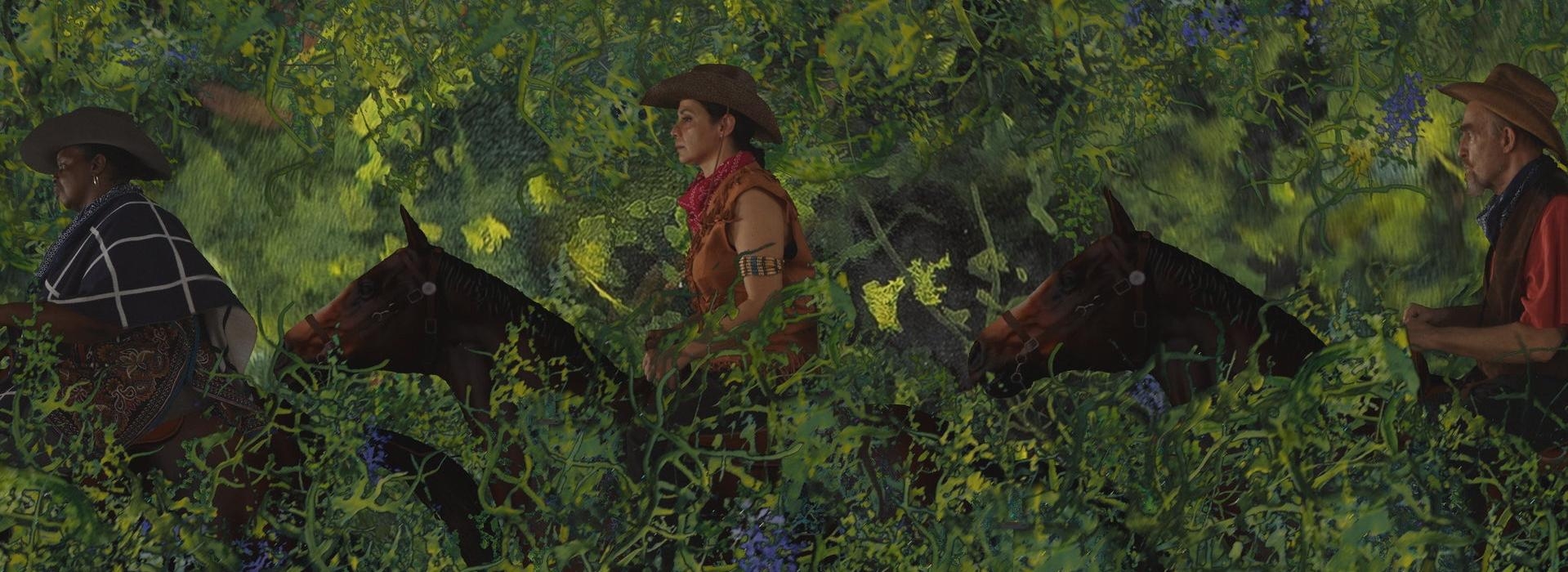In this noisy world, the zen calm of Painting With John season 2 is a blessing
If you liked the first season, the next six episodes of this beautifully silly HBO show offers more of the same… thank goodness

There is no “previously on Painting With John” at the start of the show’s second season, although for those unfamiliar with John Lurie’s weird TV art project— or for those who need a refresher on what it’s all about—the host does helpfully catch us up in the opening minutes of the first episode. “Hello,” he says, “And welcome to Painting With John season two. The show where I do not teach you how to paint.” There follows a 25-second shot of a lizard on a rock.
For those who need a fuller explanation than that, here goes: “John” is John Lurie, a musician, artist, and actor who has been a staple of American underground pop culture since the 1970s and ’80s: as the co-founder of the avant-jazz band The Lounge Lizards, as the star of multiple Jim Jarmusch movies, and as the host of the unclassifiable IFC television series Fishing With John. With his gravelly voice, his puffy-lipped embouchure, his low-key hipster cool, and his genuine passion for art and life, Lurie has always had a one-of-a-kind presence.
Season one of Lurie’s wonderfully bent HBO show Painting With John debuted in January 2021, at a time when it helped soften the last few pre-vaccine weeks of the pandemic (while also filling the void left by the conclusion of HBO’s similarly shaggy and lo-fi series How To With John Wilson). Created in collaboration with Erik Mockus—who holds the camera and helps edit the footage—Painting With John is true to its title, with each episode consisting mostly of long scenes of Lurie creating imaginative and strikingly beautiful artworks in his studio, while he talks about his childhood or about his heady days as one of the legends of the New York art scene. The show is like one of those old Bob Ross painting demonstrations, but rather than describing what tools to use to make trees and clouds, the host shares long, winding anecdotes about Klaus Nomi and Jean-Michel Basquiat.
Those Nomi and Basquiat stories pop up in season two, along with a fun memory of Joey Ramone, a recollection of a trip with Lurie’s dad to a 1962 World Series game, and a hilarious description of the time Lurie tried to make some extra money by faking his way through a lecture to a foreign audience about cutting-edge technology. Pieced together, these memories—coupled with Lurie’s reveries about his family and his schooldays, and his thoughts on topics as wide-ranging as the hideousness of TV makeover shows and why men should never tell women to “smile more”—form a kind of cockeyed memoir, combining bits of biography and philosophy. They’re the portrait of a man who hustled his way through some wild times in New York and is now relaxed and semi-retired on an unspecified Caribbean island.

 Keep scrolling for more great stories from The A.V. Club.
Keep scrolling for more great stories from The A.V. Club.